Asbestos, once hailed as a miracle mineral for its fire-resistant properties, is now a known health hazard, especially in older homes. Before its dangers were fully understood, asbestos was widely used in various building materials, from insulation to floor tiles. Today, asbestos in older homes poses significant risks to occupants, as its fibers, when disturbed, can lead to serious health problems. This article delves into the hidden dangers of asbestos in older homes, guiding homeowners through the identification, risks, and safe management of this hazardous material.
Contents
Understanding Asbestos
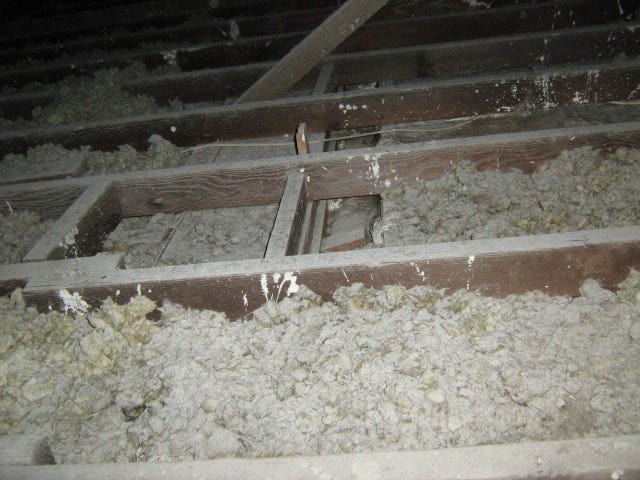
Asbestos is a group of naturally occurring fibrous minerals known for their durability, heat resistance, and insulating properties. Historically, these characteristics made it an ideal material for various construction applications. In older homes, asbestos was commonly used in insulation, roofing, floor tiles, and joint compounds. However, when these materials age or are damaged, they can release asbestos fibers into the air, posing a severe health risk to the inhabitants. The danger of asbestos is not in its presence but in its disturbance, making awareness and careful management crucial.
Despite its once widespread use, the dangers of asbestos led to a decline in its application, and many countries have now banned its use. However, numerous older homes still contain asbestos-containing materials. The challenge lies in identifying these materials, as they are not always obvious to the untrained eye. Homeowners must be cautious during renovations to avoid inadvertently disturbing asbestos and releasing harmful fibers.
Identifying Asbestos in Your Home
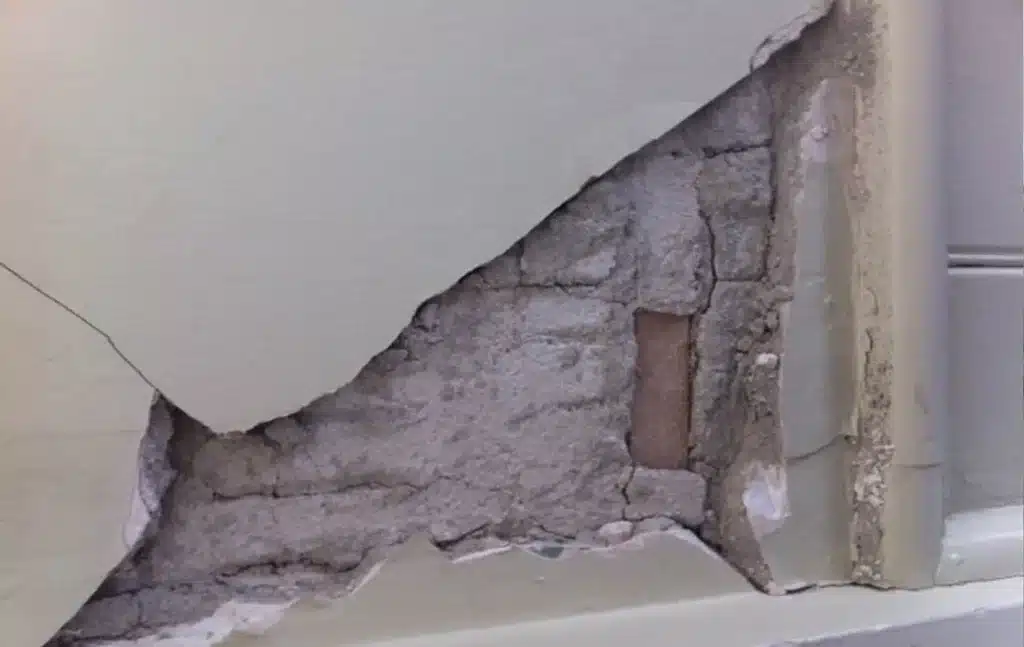
Identifying asbestos in a home, especially one built before the 1980s, is a critical first step in managing its risks. Common locations where asbestos may be found include old pipe insulation, ceiling tiles, roofing shingles, and vinyl floor tiles. If in good condition, these materials might not pose an immediate risk. However, if they are crumbling, broken, or otherwise disturbed, they can release asbestos fibers into the air.
Homeowners should look for signs of wear or damage in materials known to contain asbestos. However, it is crucial to note that asbestos cannot be confirmed by sight alone. Professional testing is often necessary to ascertain its presence. If asbestos is suspected, it’s advisable to avoid any DIY attempts at removal or repair, as this can exacerbate the risk of fiber release. Instead, homeowners should seek the expertise of professionals trained in asbestos identification and handling.
Health Risks of Asbestos Exposure
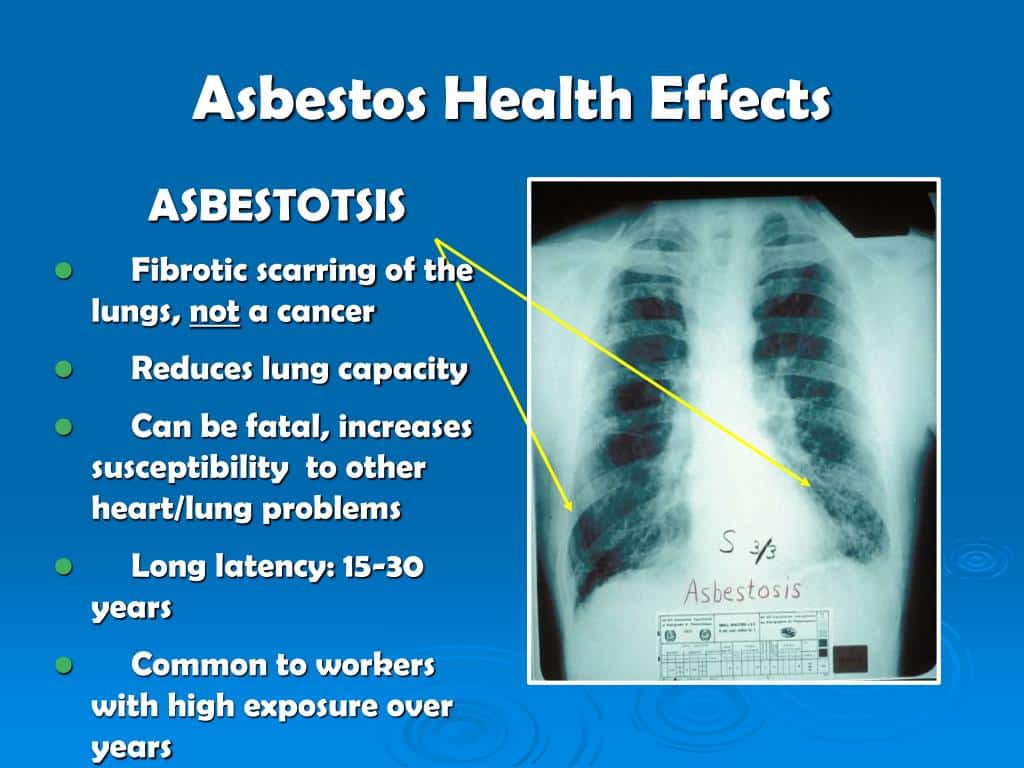
Exposure to asbestos fibers can lead to severe health problems, the severity of which is often not apparent until many years after exposure. Inhaling asbestos fibers can cause lung diseases such as asbestosis, lung cancer, and mesothelioma – a rare form of cancer primarily associated with asbestos exposure. These diseases result from the fibers damaging lung tissue over time, leading to scarring, inflammation, and, eventually, cancer.
The risk of developing these conditions increases with the amount and duration of asbestos exposure. Symptoms, which can take decades to appear, include shortness of breath, persistent cough, and chest pain. Preventing exposure is the only way to mitigate these risks. This emphasizes the importance of proper identification, management, and, if necessary, removal of asbestos from homes, particularly those built before modern regulations limited its use.
Safe Handling of Asbestos
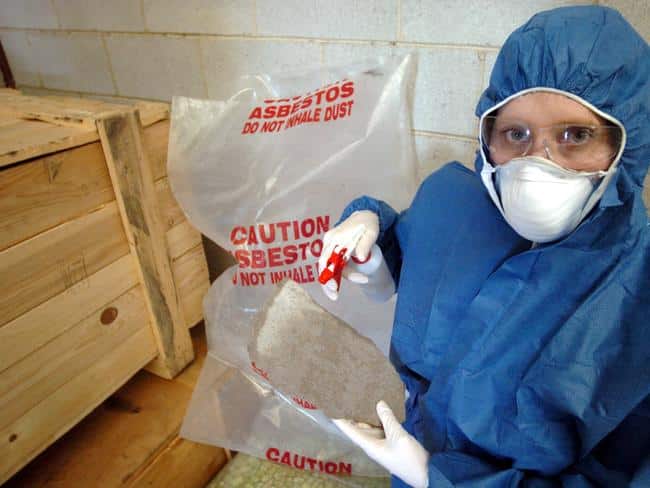
When it comes to asbestos, the golden rule is not to disturb it. If asbestos-containing materials in a home are in good condition, they are best left undisturbed. Disturbance can release fibers into the air, where they can be inhaled, posing a health risk. If asbestos materials are damaged, or renovation is planned, taking appropriate precautions is critical.
The safest approach to handling asbestos is to hire a professional. Asbestos removal is a complex process that requires specialized equipment and techniques to prevent fiber release. Professionals are trained in safely handling, removing, and disposing of asbestos materials. Homeowners should never attempt to remove asbestos themselves, as DIY removal can lead to accidental exposure and contamination of the home environment. The safety and health of the household should always be the priority when dealing with this hazardous material.
Legal and Insurance Considerations

Navigating the legal and insurance aspects of asbestos in homes is crucial for homeowners. In many jurisdictions, strict regulations govern the handling and disposal of asbestos. These may include requirements for professional assessment and removal and specific guidelines for safe disposal. Homeowners must know these regulations to avoid legal complications, especially during renovations or property sales.
From an insurance perspective, asbestos can significantly impact home insurance policies. Some insurers may not cover asbestos-related claims or may require additional coverage. Homeowners should review their policies and discuss with their insurance providers to understand their coverage related to asbestos. Transparency about the presence of asbestos is essential to avoid potential disputes or liability issues.
Asbestos Abatement and Removal

Certified professionals should always conduct asbestos abatement and removal. These experts follow strict protocols to safely remove asbestos-containing materials, minimizing the risk of fiber release. The process typically involves sealing off the area, using specialized equipment to prevent airborne fibers, and carefully disposing of the material by legal guidelines.
Cost is an important consideration in asbestos removal. It can vary widely depending on the extent of asbestos present and the complexity of the removal process. Homeowners should obtain multiple quotes from certified contractors to ensure competitive pricing. In some cases, financial assistance or subsidies may be available from local governments or health agencies to help with the costs of asbestos abatement, particularly in older homes with higher risk.
Preventive Measures and Regular Inspections
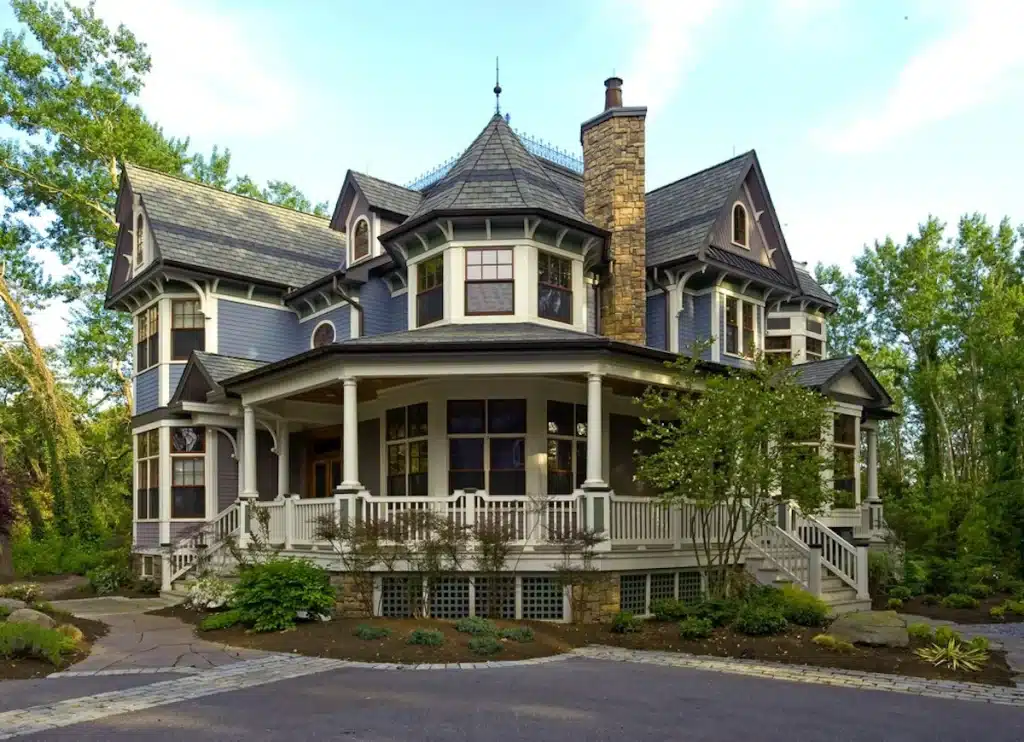
Regular inspections and preventive measures are key to managing risks for homes with asbestos-containing materials in good condition. Homeowners should conduct periodic checks, especially when asbestos materials are known or suspected. This helps in detecting any damage or deterioration early, which could increase the risk of fiber release.
Implementing preventive measures, such as sealing or enclosing asbestos materials, can also help manage risks. However, any preventive action should be taken with caution and, ideally, under the guidance of a professional. In cases where renovation or demolition is planned, a thorough inspection by an asbestos specialist is imperative to ensure that all asbestos-containing materials are identified and appropriately managed.
The Bottom Line
Asbestos in older homes is a significant concern that requires awareness, caution, and proactive management. Understanding the risks, identifying the presence of asbestos, and taking the right steps for safe handling and removal are crucial to protecting homeowners’ and their family’s health and safety. Legal and insurance considerations are also vital components of this process, ensuring compliance and coverage. With regular inspections and preventive measures, homeowners can effectively manage the risks of asbestos and maintain a safe living environment. The key is to approach asbestos with the seriousness it deserves, ensuring a healthy and secure home for years to come.

